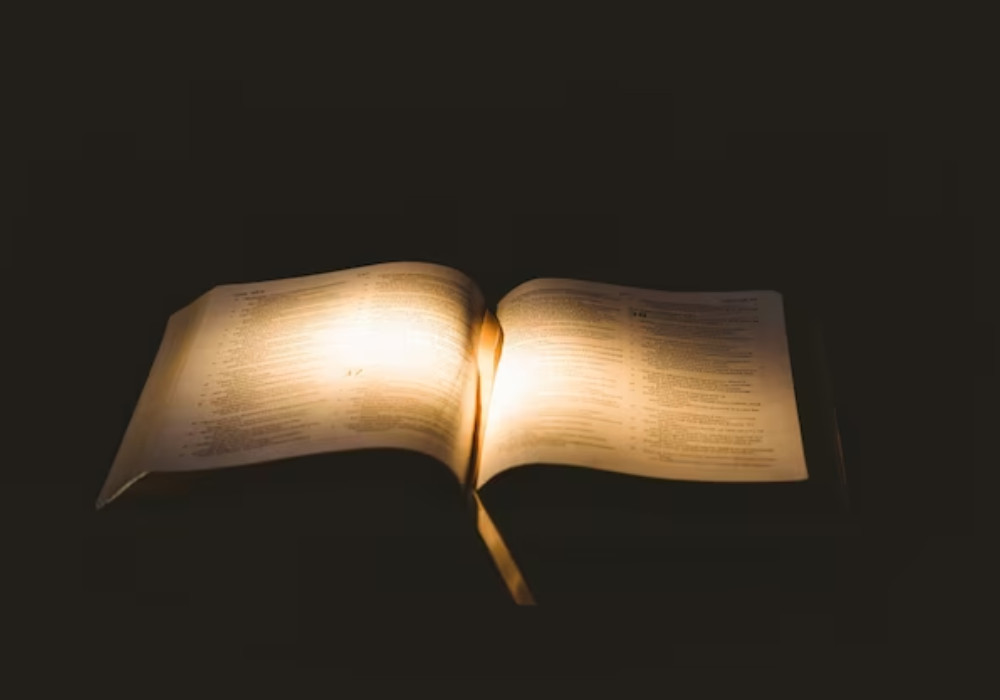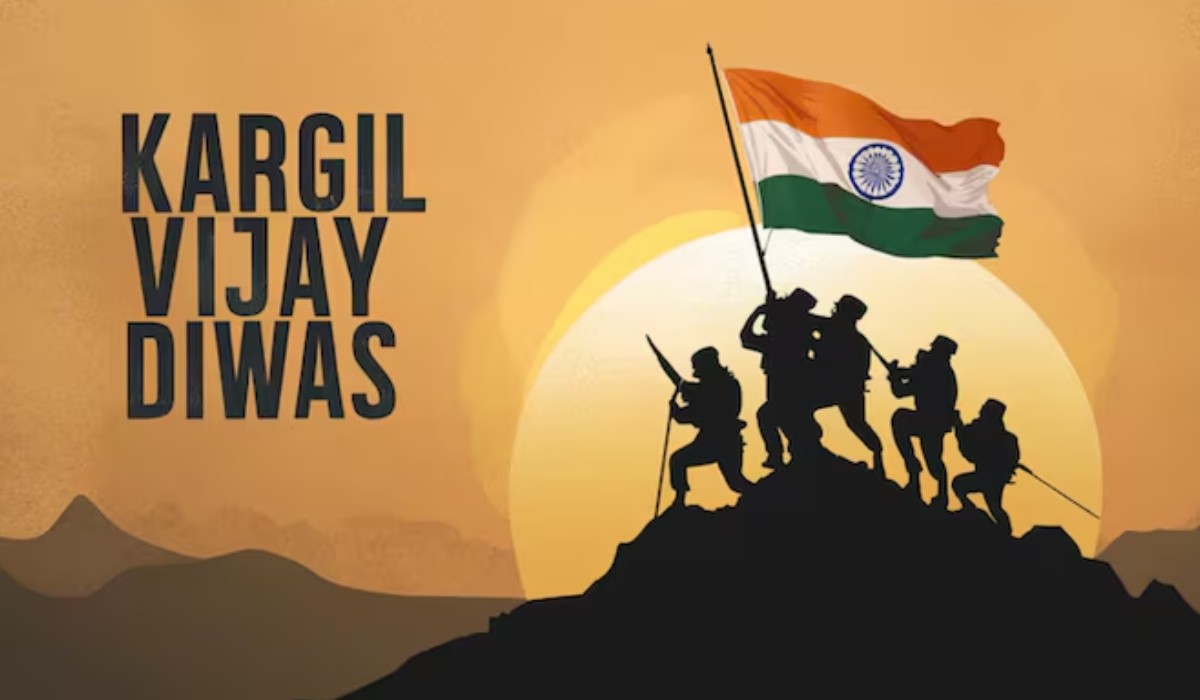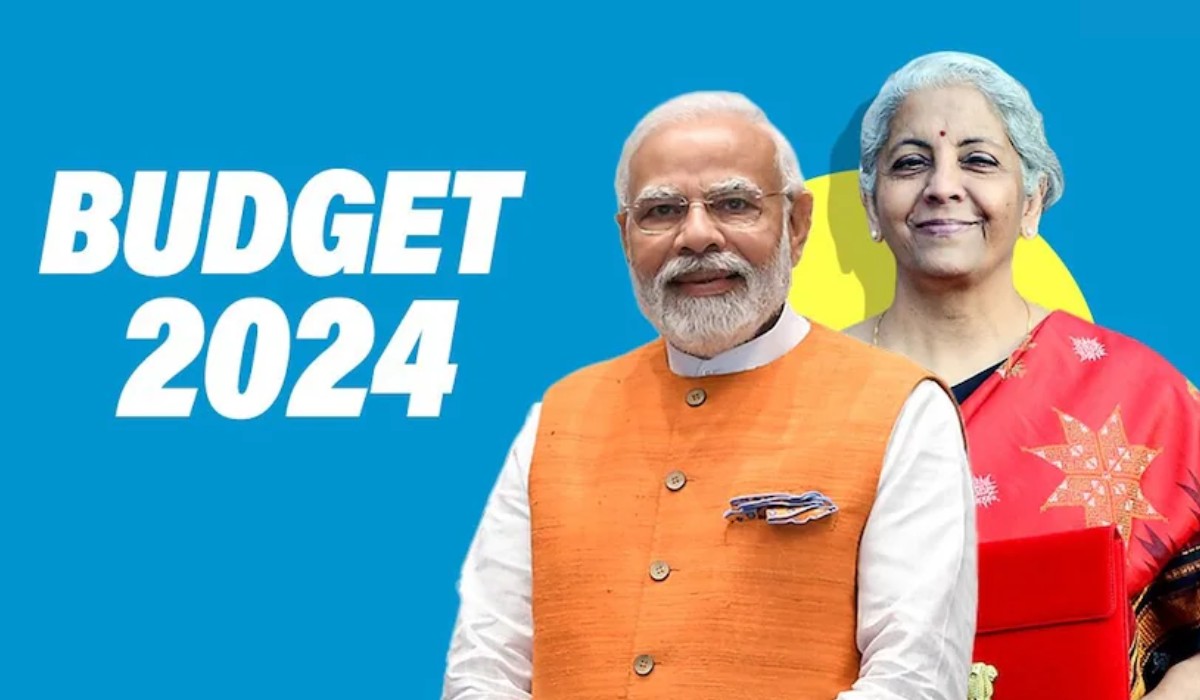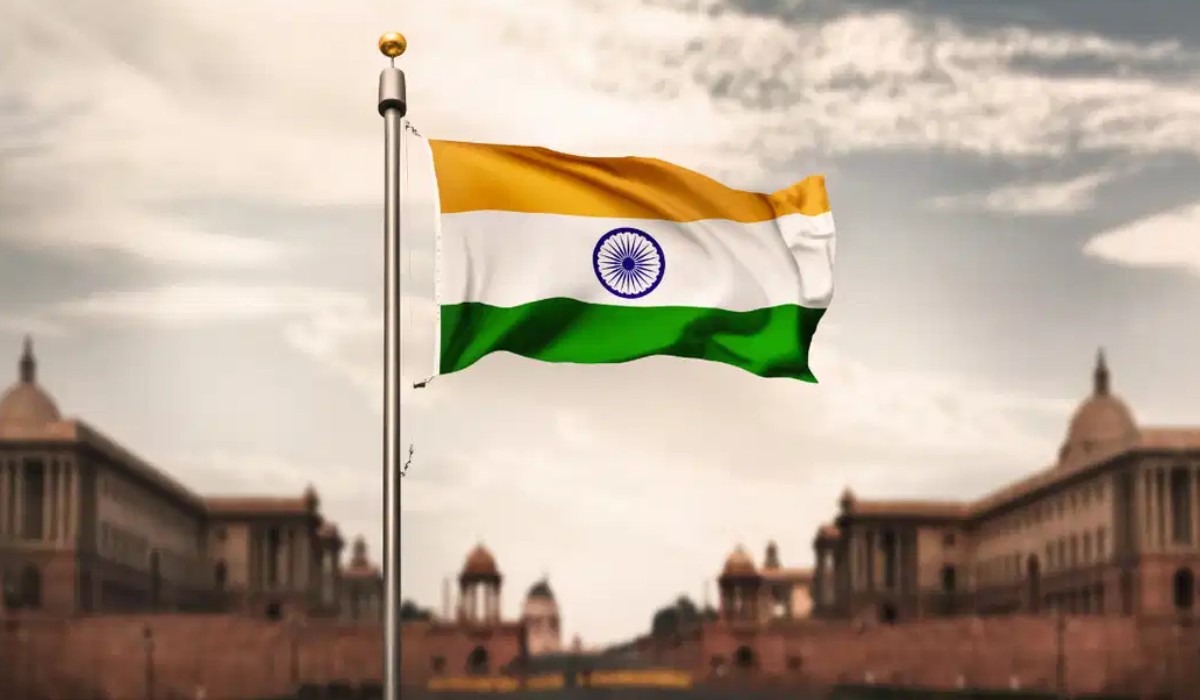Indian mythology is a vast treasure trove of ancient tales, legends, and epics that have captivated generations. Steeped in rich symbolism, moral teachings, and fantastical narratives, these mythological stories offer profound insights into the human condition, spirituality, and the cultural fabric of India. In this article, we will delve into some of the essential texts from Indian mythology that one should consider reading in their lifetime, providing a glimpse into the extraordinary world of gods, goddesses, heroes, and demons.
The Mahabharata:
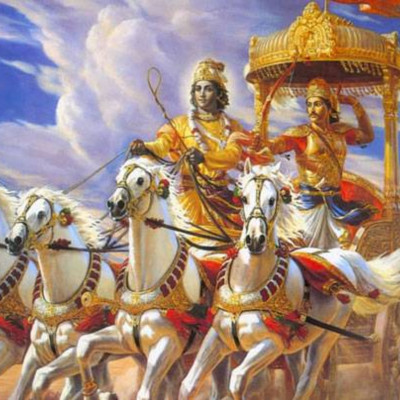
The Mahabharata, composed by the sage Vyasa, is an epic of unparalleled magnitude and complexity. It narrates the story of the Kurukshetra War between the Pandavas and the Kauravas, two factions of a royal family. It explores deep philosophical questions, showcases intricate characters, and imparts invaluable wisdom through dialogues like the Bhagavad Gita. The Mahabharata embodies the triumph of good over evil, the consequences of human actions, and the complexities of dharma (duty).
The Ramayana:
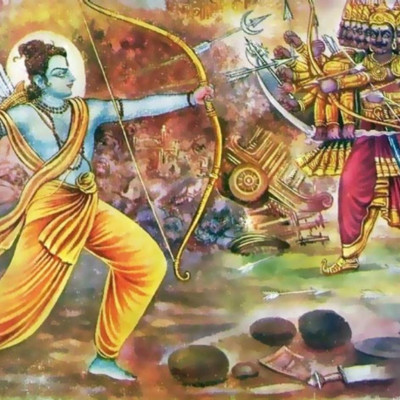
Authored by the sage Valmiki, the Ramayana is another ancient epic that holds immense significance in Indian mythology. It recounts the journey of Lord Rama, an incarnation of Lord Vishnu, who embarks on a quest to rescue his wife, Sita, from the demon king Ravana. The Ramayana exemplifies the virtues of righteousness, loyalty, and devotion, while presenting an array of compelling characters like Hanuman, the monkey deity. It serves as a moral compass, emphasizing the triumph of good over evil and the power of unwavering faith.
The Puranas:
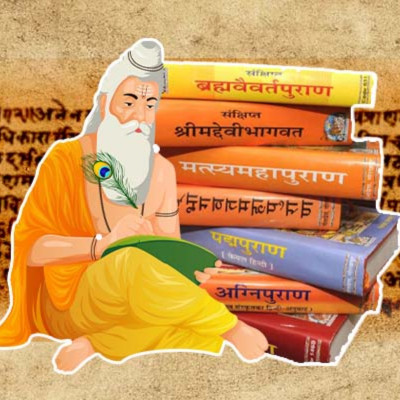
The Puranas are a collection of ancient texts that provide detailed accounts of Hindu cosmology, genealogy, and mythology. Comprising 18 major texts, they cover a wide range of narratives, including creation myths, tales of gods and goddesses, and the exploits of legendary heroes. The most popular among them are the Shiva Purana, Vishnu Purana, and Devi Bhagavata Purana. These texts offer insights into the divine aspects of various deities, religious rituals, and the interconnectedness of the universe.
The Bhagavad Gita:
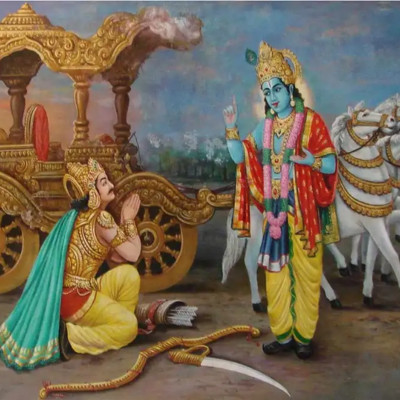
Contained within the Mahabharata, the Bhagavad Gita is a 700-verse dialogue between Prince Arjuna and Lord Krishna. It presents profound philosophical and ethical teachings, addressing existential dilemmas and the nature of reality. The Gita explores concepts such as dharma, yoga, and the paths to spiritual enlightenment, making it a philosophical masterpiece that continues to inspire seekers of wisdom and truth.
The Devi Mahatmya (Durga Saptashati):
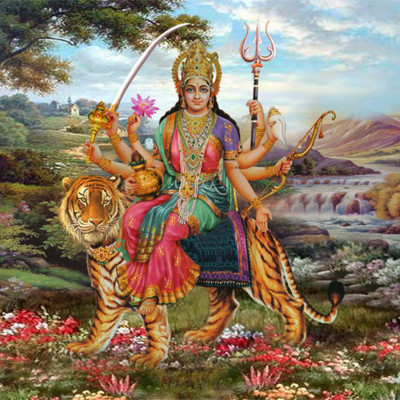
The Devi Mahatmya, also known as the Durga Saptashati, glorifies the goddess Durga and her manifestation as the Divine Mother. It comprises 700 verses arranged in 13 chapters, depicting the goddess’s battles against various demons. The text showcases the power, compassion, and divine femininity of the goddess, symbolizing the triumph of good over evil and inspiring devotees to seek inner strength and protection.
Exploring Indian mythology is a fascinating journey that offers profound insights into the spiritual and cultural heritage of India. The Mahabharata, Ramayana, Puranas, Bhagavad Gita, and Devi Mahatmya are just a few of the essential texts that provide a glimpse into the vast tapestry of Indian mythology. Reading these works can broaden one’s understanding of Indian culture, spirituality, and the timeless lessons embedded within these ancient tales.







